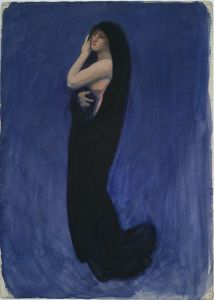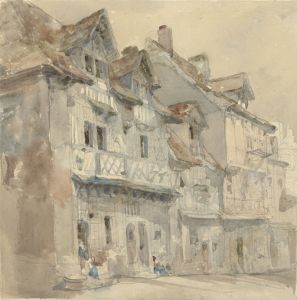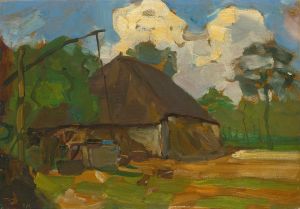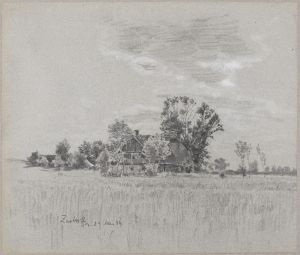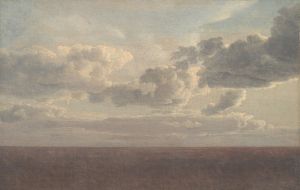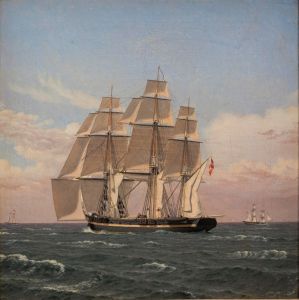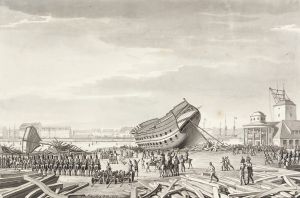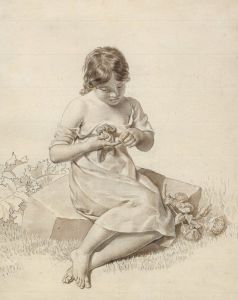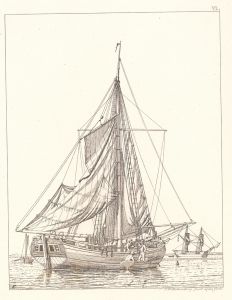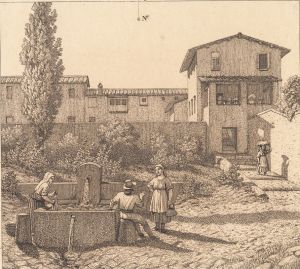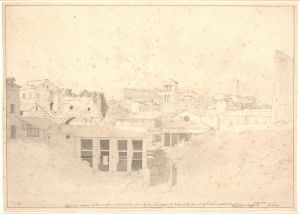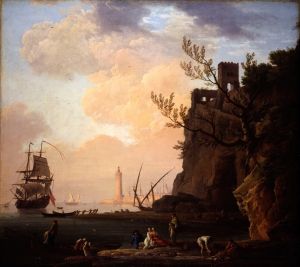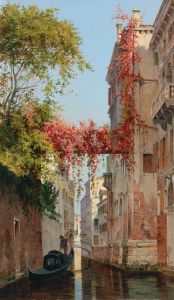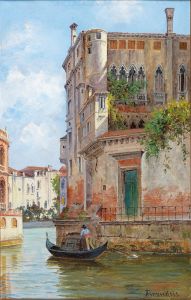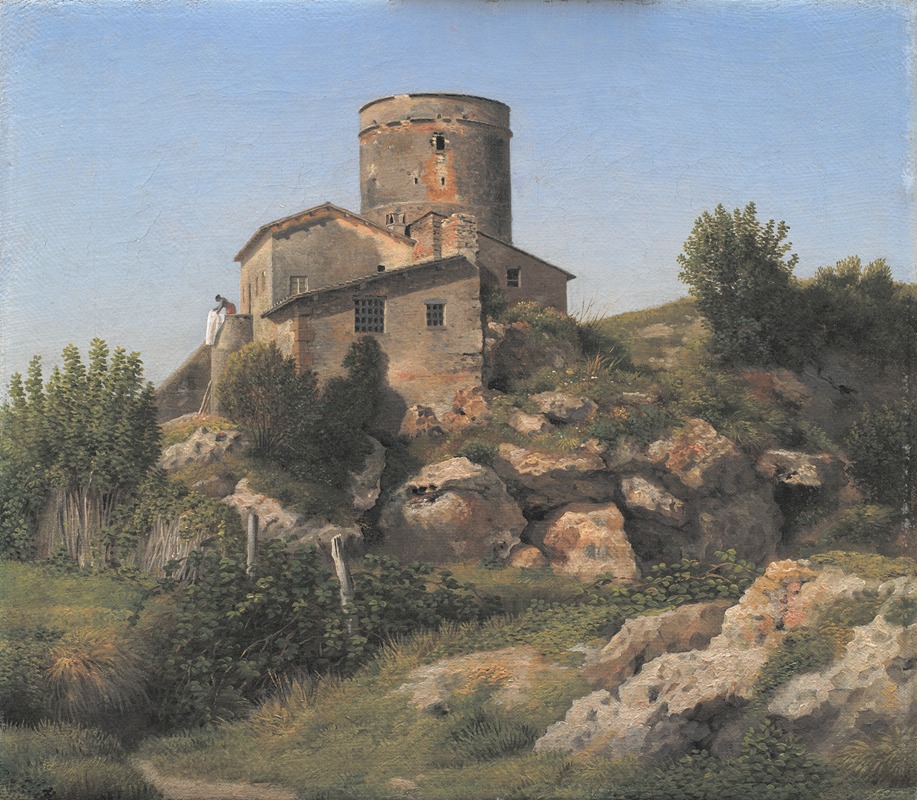
A Building near Tor di Quinto outside Rome
A hand-painted replica of Christoffer Wilhelm Eckersberg’s masterpiece A Building near Tor di Quinto outside Rome, meticulously crafted by professional artists to capture the true essence of the original. Each piece is created with museum-quality canvas and rare mineral pigments, carefully painted by experienced artists with delicate brushstrokes and rich, layered colors to perfectly recreate the texture of the original artwork. Unlike machine-printed reproductions, this hand-painted version brings the painting to life, infused with the artist’s emotions and skill in every stroke. Whether for personal collection or home decoration, it instantly elevates the artistic atmosphere of any space.
"A Building near Tor di Quinto outside Rome" is a painting created by the Danish artist Christoffer Wilhelm Eckersberg in 1813. Eckersberg, often referred to as the father of Danish painting, was a prominent figure in the Danish Golden Age of painting. His works are known for their meticulous attention to detail, clarity, and use of light, which were influenced by his studies and travels in Europe.
Eckersberg was born in 1783 in Blåkrog, Denmark, and he showed an early talent for art. He studied at the Royal Danish Academy of Fine Arts in Copenhagen, where he was influenced by the neoclassical style. In 1810, he received a grant that allowed him to travel to Paris and Rome, where he further developed his skills and artistic vision.
The painting "A Building near Tor di Quinto outside Rome" was created during Eckersberg's stay in Italy. Tor di Quinto is an area located to the north of Rome, known for its picturesque landscapes and historical significance. The painting depicts a serene rural scene with a building set against the backdrop of the Roman countryside. Eckersberg's attention to architectural details and the natural environment is evident in this work, showcasing his ability to capture the essence of a place with precision and clarity.
Eckersberg's time in Rome was crucial for his artistic development. He was influenced by the works of classical antiquity and the Renaissance, which he studied extensively. This period also allowed him to interact with other artists and intellectuals, further enriching his artistic perspective. The Italian landscape, with its unique light and historical ruins, provided endless inspiration for his work.
In "A Building near Tor di Quinto outside Rome," Eckersberg employs a balanced composition and a harmonious color palette. The building, likely a farmhouse or a similar rural structure, is depicted with careful attention to its architectural features. The surrounding landscape is rendered with equal care, highlighting the natural beauty of the Roman countryside. The use of light and shadow in the painting enhances the three-dimensional quality of the scene, creating a sense of depth and realism.
Eckersberg's work is characterized by its clarity and precision, qualities that are evident in this painting. His ability to depict both architectural and natural elements with equal skill is a testament to his talent and training. The painting reflects his neoclassical influences, with its emphasis on order, balance, and harmony.
After returning to Denmark, Eckersberg continued to produce significant works and became a professor at the Royal Danish Academy of Fine Arts. His influence on Danish art was profound, and he mentored many young artists who would go on to become prominent figures in their own right.
"A Building near Tor di Quinto outside Rome" remains an important example of Eckersberg's work during his Italian period. It showcases his ability to capture the essence of a place with meticulous detail and his skill in rendering both architectural and natural elements. The painting is a testament to his artistic vision and his contribution to the Danish Golden Age of painting.





